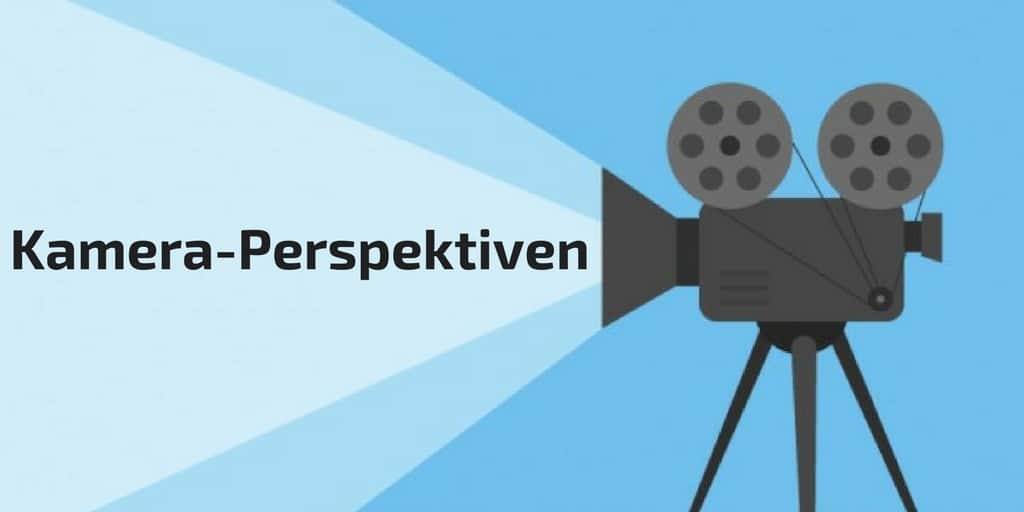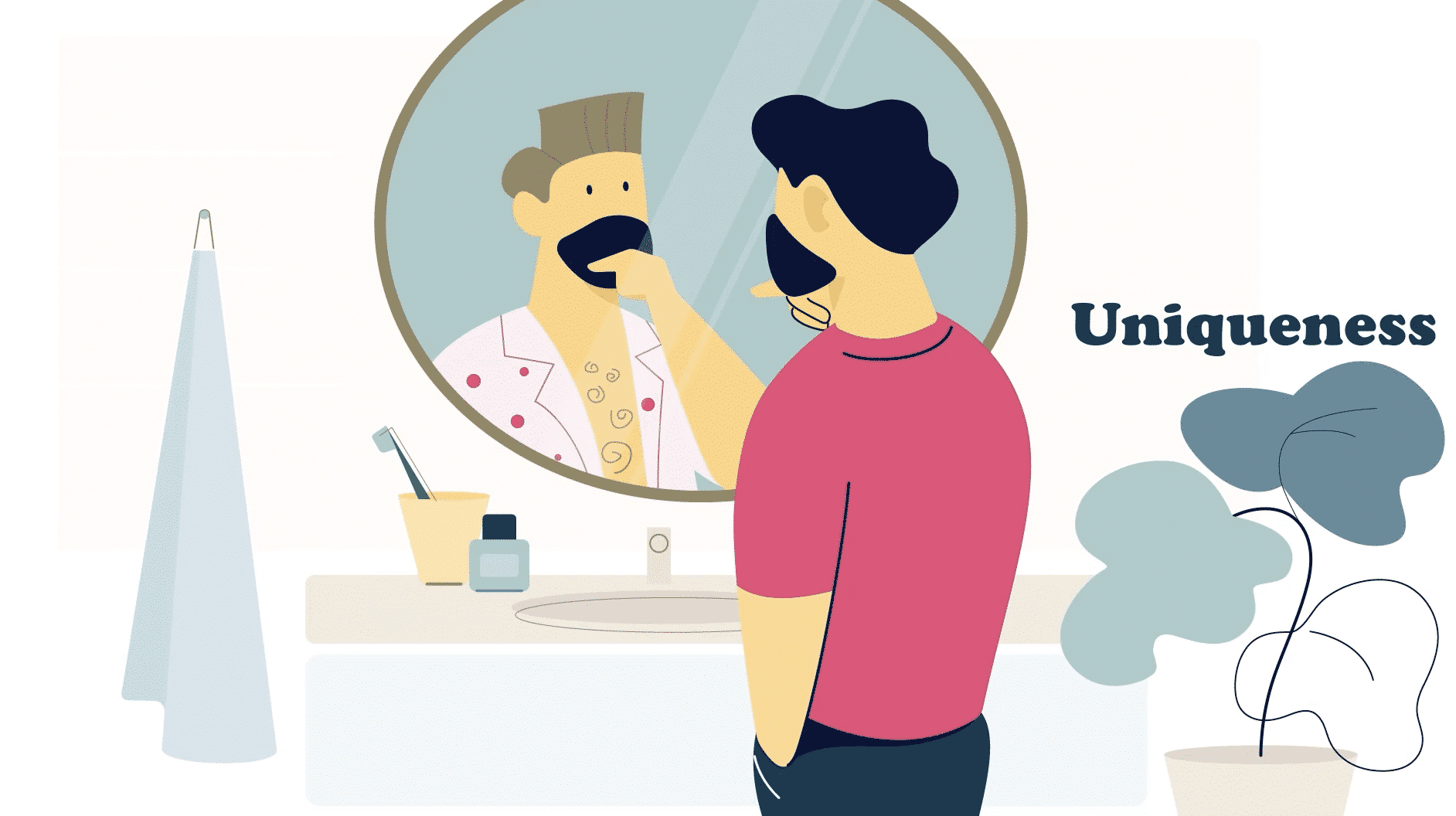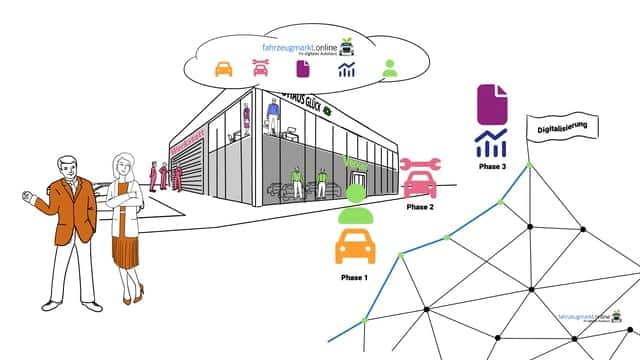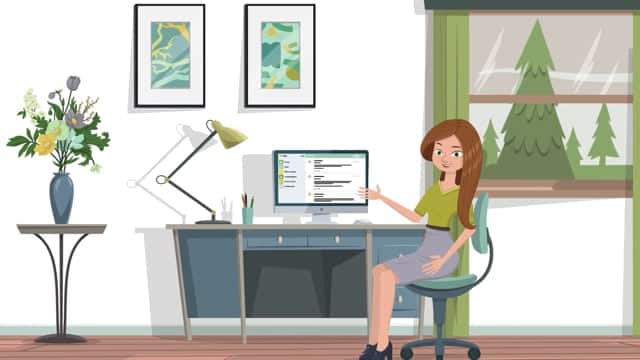Have you ever thought about the production of a film and the different settings of a camera?
Perspectives and techniques have very different effects on you as a viewer.
For example, different moods can be created that put you in pleasant or unpleasant states of mind.
Their sensitivities result – in addition to sound, lighting, location, actors and voices – from different camera angles.
Extreme long shot
In the extreme long shot , the entire scenario is captured. The attention is focused on the environment of the performer.
The extreme long shot is mainly used as an intermediate scenario to carry the general environment and mood to the viewer.
Total
The long shot focuses on the actors. Which actor has which role, how they should affect the viewer.
The long shot is often chosen as the opening scene to introduce you, the viewer, to the characters and roles in the film.
Half-total
In semi-stills , as the name implies, the actors are shown halfway.
Half-takes are used to depict the human relationship of different characters to each other.
Close up
Close-ups are used to highlight and present individuals. Likewise to draw attention to details.
Half close up and close up
In the half close-up, the head can be seen up to the shoulder. Heated dialogues can thus be put on display. Alternating with close-ups that show only a head or the facial expression of the mouth or eye, different atmospheres are created.
Perspectives
In addition to the different settings, there are the perspectives:
The perspectives are from normal, high and small angles .
The normal viewing angle takes place at eye level with the viewer, whereas a high viewing angle portrays the actor as frail and delicate. On the contrary to the small angle, where the performer looks respectful and dominant.
How does your audience respond to different perspectives and attitudes?
1.
Analyze behavior
Eye tracking is a new technology. Eye tracking is a sensor technology that analyzes the movements of the eyes. An innovative tool to gain deep insights into the behavior of your target audience.
2. camera settings and explainer video
Just as in live action film, the camera settings and the sequence of shots are crucial to the effect of the viewers in explainer videos. Here, too, the viewer’s feelings are influenced by the various settings and can be specifically controlled.
The various settings are created and specified when the storyboard is created. Here it already becomes clear how the scene affects the viewer. How does the product arrive most authentically and effectively, in interaction with the environment? Using an extreme long shot or as a close-up and absolute focus on the product, or a detail of the product?
Here are a few examples of the different camera settings using an explainer video:
Extreme long shot
The environment and the scene are captured in general and give you an overview.
Total
With the long shot, you can see at a glance who is playing and who is taking on which role.
Half-total
In the half-total, a character is presented, of whom, as the name suggests, mostly the upper body is visible.
Close up
Close-up can show people, but also details of an offer or a process. Here you will be introduced to the topic again with more details.
Half close-up
As mentioned above, the half close-up shows a character from head to shoulder.
Close-ups
For explanatory videos, the normal angle is used for the most part. A product should not appear frail or dominant by focusing on it from above or below. Angle shots are then more common in the film and television industry.
Take a look at the various options and settings in the explanatory videos and see their effect for yourself.




